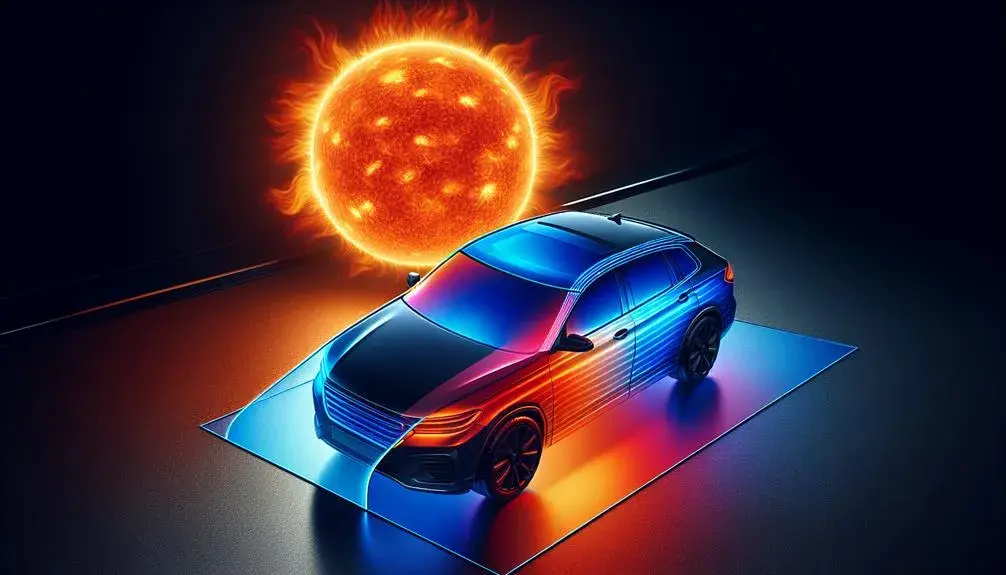
As the climate continues to evolve, vehicular protection against harmful ultraviolet rays and excessive heat is becoming a critical aspect of car maintenance. Innovations in auto window tinting technology have led to a vast array of UV and heat blocking solutions, each with unique characteristics and varying degrees of effectiveness. While the primary function of these tints is to shield the interior of vehicles from the sun’s damaging rays, they also play a significant role in enhancing privacy, improving aesthetics, and contributing to overall vehicle upkeep. However, the selection process for auto window tinting can be quite complex, given the diverse range of products available in today’s market. As we navigate this intricate topic, let’s begin by decoding the science behind UV and heat blocking tints, and how they contribute to a safer and more comfortable driving experience.
Understanding UV and Heat Blocking Tints in Auto Window Tinting
To effectively assess the functionality of UV and heat blocking tints in auto window tinting, it is crucial to delve into the science behind these protective shields. These tints are created with a sophisticated blend of materials, including polyester and ceramic particles, which form a barrier against harmful solar radiation. The UV-blocking component, typically a thin film, absorbs or reflects up to 99% of UV rays. Concurrently, the heat-blocking aspect involves the use of ceramic particles that reflect infrared rays, the primary source of heat from sunlight. By integrating these technologies into auto window tinting products, we provide vehicles with an efficient shield against the sun’s adverse effects, fostering a safer and more comfortable driving environment.
Choosing the Right Auto Window Tint
Navigating the broad range of car tints available on the market requires a keen understanding of your specific needs, keeping in mind factors such as UV and heat blocking capacity, durability, and legal restrictions in your region. It’s crucial to assess the tint’s ability to reflect UV rays and heat, which contributes to the car’s internal temperature. Durability is another key consideration; a high-quality tint can last for several years, resisting bubbling and peeling while maintaining its protective properties. Lastly, always consider local regulations to avoid penalties. Choosing the right tint is a balance between your personal comfort, the protection it offers, and legal compliance, ensuring a long-lasting tint that meets your unique requirements.
In conclusion, UV and heat blocking auto window tints serve a crucial role in ensuring optimal protection against harmful solar radiation and extreme temperatures. Selecting the right auto window tint necessitates a comprehensive understanding of the varying levels of protection offered by different options. Ultimately, the choice of a car’s tint directly impacts the vehicle’s comfort, aesthetics, and the occupant’s health, making auto window tinting an essential consideration for all vehicle owners.